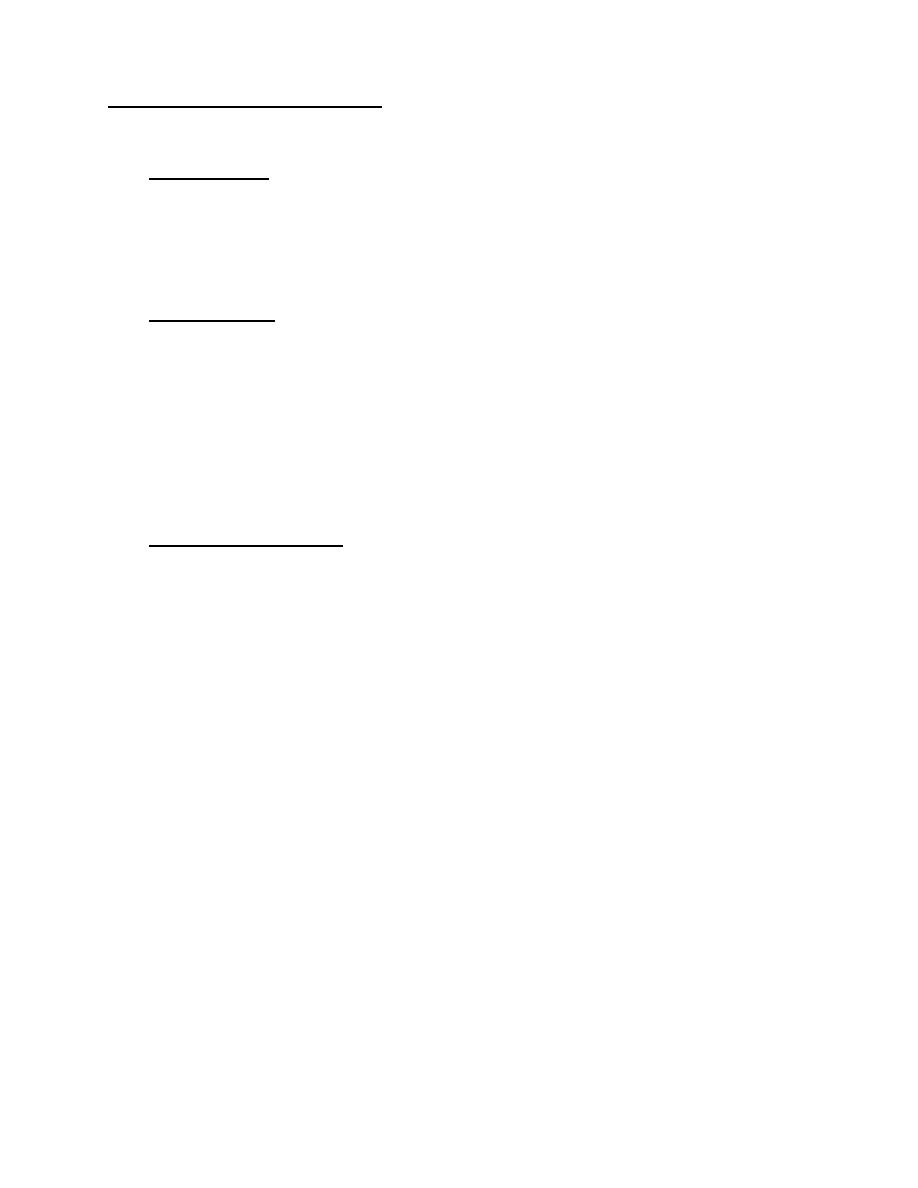
TM 9-4110-255-14
d. Leakage Definitions for Operator PMCS. It is necessary for you to know how fluid leakage affects the status of
your refrigeration unit. The following are types/classes of leakages an operator needs to know to be able to determine
the status of their unit. When in doubt notify your supervisor.
(1) Refrigerant Leaks. Oil is carried with the refrigerant as it flows through the refrigeration system. If a leak
develops in the system, the oil will seep out and soak the copper tubing around the leak or drip and soak or puddle on the
housing or other component below the leak. If any oil or seepage is found, a refrigerant leak would be suspected.
WARNING
The accumulation of liquid fuel is a fire hazard.
(2) Engine Fuel Leaks. Fuel is carried from the fuel tank, through filters, into the engine, and back to the fuel
tank through various rubber hoses and fittings. If a leak develops, the fuel will seep out and soak the hose or fitting
around the leak and may drip and soak or puddle on the housing or other component below the leak. If any fuel seepage
is found, a leak would be suspected.
(a) Wipe and wash down such areas or surfaces promptly.
(b) Dispose of any wiping rags in approved containers. Contact your local environmental officer for
guidance on how to properly dispose of fuel soaked wiping rags in accordance with local regulations.
(c) Apply no smoking rules within 50 ft of any fuel accumulation.
(3) Engine Lubricating Oil Leaks. Engine lubricating oil is carried from the engine, through filters, and back to
the engine through various rubber hoses and fittings. If a leak develops, the oil will seep out and soak the hose or fitting
around the leak and may drip and soak or puddle on the housing or other component below the leak. If any oil seepage
is found, a leak would be suspected.
CAUTION
The refrigeration unit will not be operated with an obvious fuel leak.
Operation is allowable with minor leakages (class I or II) in the engine lubricating oil system.
Consideration must be given to oil capacity in the engine.
When operating with class I or II oil leaks, continue to check oil level as required in your
PMCS.
Class III oil leaks should be reported immediately to your supervisor and the unit must be
shut down.
(a) Class I leak is defined as seepage of fluid as indicated by wetness or discoloration but not great
enough to form drops.
(b) Class II leak is defined as leakage of fluid great enough to form drops but not enough to cause drops
to drip from item being checked/inspected.
(c) Class III leak is defined as leakage of fluid great enough to form drops that fall from item being
checked / inspected.
2-7

